 By Sophie Thomas, Ivory Egg.
By Sophie Thomas, Ivory Egg.
There has been a definite surge in public awareness surrounding home automation recently, thanks to the likes of Nest, Hive, and most recently, Apple HomeKit.
No doubt some systems integrators will sigh with a heavy heart each time more so-called ‘smart home’ technology is announced, as they fear the end-user’s need for a professional will wane as a result. At the same time, one of the barriers this industry faces is that many end users consider smart home technology to be beyond their reach, or they can’t see the benefit.
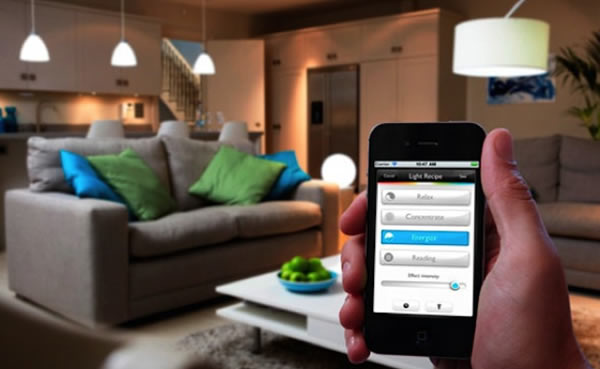
Given the economic austerity of the past few years, homeowners are keen to keep living costs down, so a home automation system may not be considered as an essential purchase, even though it could save them money in the longer term.
What is clear though, is that the desire for gadgets and ‘smart’ features is on the rise. To reverse a well-known adage, ‘invention breeds necessity’. So with companies such as Nest telling homeowners what they want to hear, and with products becoming available off the shelf, end users are taking home automation into their own hands.
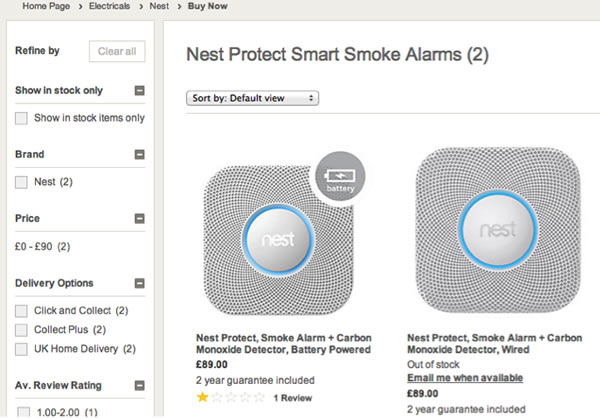
What is a ‘Smart Home’ in the End User’s Eyes?
Not coming from this industry, I am uniquely placed, in that I have a level of technical understanding and am familiar with the scope of home automation technology and control platforms, but at heart I am still an end-user and a homeowner.
I recently conducted my own research into what end-users think a ‘smart home’ is, and I got some interesting responses. Everyone mentioned Nest, a few had heard of Hive, Tado and similar products and those more technically minded (the Apple geeks) brought up HomeKit as something they were interested in. Although somewhat predictable, these responses show that the marketing efforts and branding know-how of Google and Nest have permeated through to the end user. It seems that those of us who are manufacturers, distributors, associations and install professionals can all learn from their approach.
Looking at Nest’s marketing copy, you won’t find ‘automation’ mentioned once. Emotive language focuses around comfort, safety and simplicity. It connects the end user to the product and therefore increases their ‘must-have’ desire.
What do End-Users Want?
From my research, a number of key issues arose concerning what a smart home should offer:
• Automation of common features such as lighting, heating, irrigation etc.
• Integration and interoperability – making sure technology can work with and communicate easily with other systems.
• Visualisation – being able to see energy usage, average room temp etc.
• Ease of installation and use – nobody wants hundreds of apps or months of installation time or building work.
• Remote access – use of a smart device to check that the home is OK or to change settings before returning home.
• Alerts – is the technology working as it should and keeping the home and family safe?
• Combination of functions/features – a central place/switch to control the environment simply.
• Energy efficiency – optimising the energy/money saving potential.
• Aspiration – people want the latest technology – the ‘wow factor’.
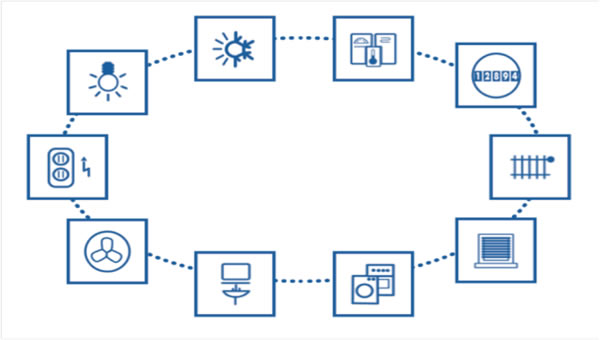
From conducting this research two things became apparent. First was the use of the term ‘integration’ rather than ‘smart’ – an important distinction that I will address later. Second was that there can be too much automation – end-users do not see the need for their fridge to tell them when to order milk. This raises questions about the Internet of Things (IoT). Just because you can connect objects does not mean you should try to automate them all.
Could the impression of gimmicky ‘over automation’ be putting the end-user off home automation? Should we be learning from Nest’s example – that end users want home automation, but they respond best when it is wrapped up in different, less-intimidating packaging?
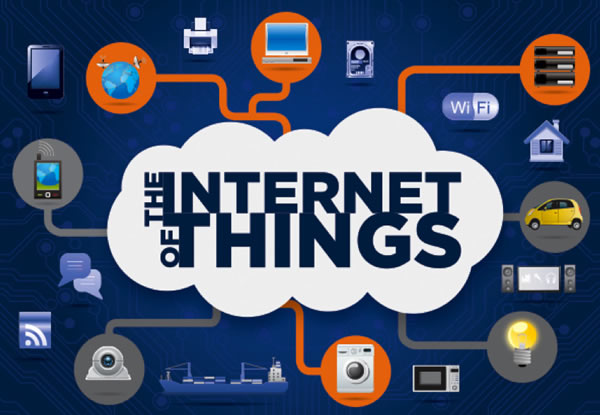
An App for an App’s Sake
If you are anything like me, you will own a smart phone with a memory that is peaking at almost full thanks to having an app for everything. How did we live before apps organised us?

As with most apps, you will find that there is a sliding scale of usefulness; some are helpful on a daily basis as they perform some action or function that would otherwise be more difficult. In the home automation sphere, apps such as Philips Hue seem less useful, not because the idea of turning your lights on/off and changing the colour isn’t fun, but because the novelty of finding and opening the app on your phone to do so, soon wears off, so it is hard to justify the hardware cost after a while.
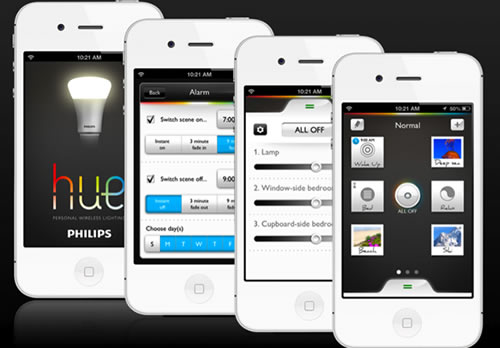
More relevant are those apps that are paired with systems such as Hive and Tado. They seemingly make life easier, more efficient and allow the end-user a level of control that excites them through using an interface of their choice, such as a tablet or smart phone. In some cases they can even install or set up these systems and apps without external assistance, which they seem to like.
The question is that while apps such as these meet a lot of end-users’ expectations, are some of them just a gimmick? Is the technology really smart?
An app with additional hardware that allows you to control your heating is a great start, but it cannot be called truly smart if it stands alone, disconnected from the rest of the home. What if you leave a window open? The app won’t know, and so you will defeat the object of reducing energy consumption as the heat leaks out. In this case, the app exists merely as an interface that takes the place of the thermostat on the wall.
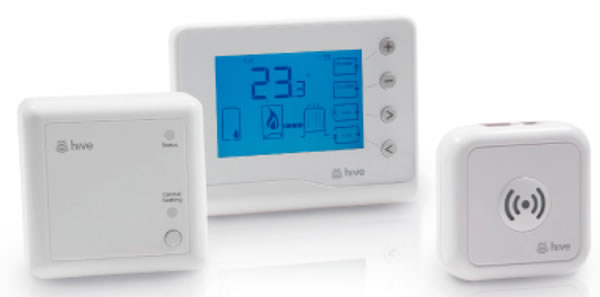
What is smart , is the ability to monitor and adjust heating or cooling automatically based on other factors, such as occupancy, the weather, if a window is open when it should be closed, taking advantage of solar gain etc, and this is only possible when controlled homogenously. It is this higher logic that highlights the difference between a solution being perceived as smart but which has a dumb back-end, and a smart interface and a solution that offers integrated intelligence with added benefits.
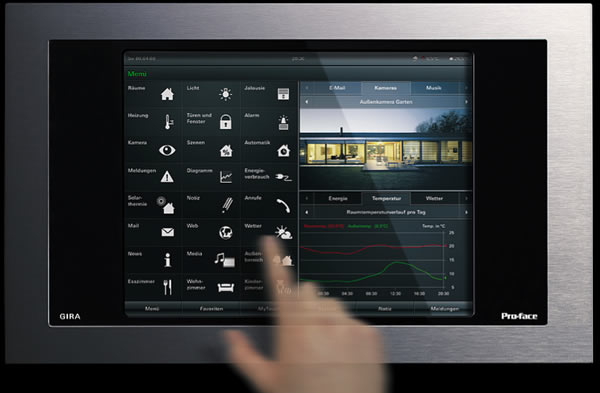
Simple app-controlled solutions are a great push in the right direction, but they still leave us with five or six apps to open up and adjust settings manually and individually. It is clear that this approach is no real match for the power of KNX, but it does seem to tick some boxes in terms of the end-user’s desires.
Apple HomeKit
Apple’s HomeKit has entered the market with more of a fizzle than a bang, and for me this makes sense. Clever Apple. With so many products flooding the market now, it makes sense to sit back, see what is a flash in the pan, where the niggles are, and develop and market a solution that will address these issues.
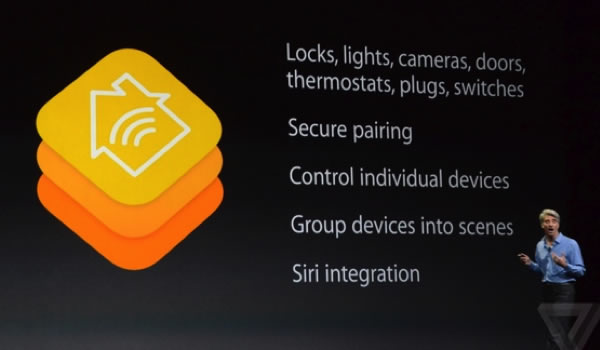
It seems that HomeKit will centre around apps for use on iOS devices that will be the central point of control for ‘accessories’, which, regardless of manufacturer, will be able to communicate together as long as the accessories are supported by Apple’s protocol. From what we can glean so far, HomeKit has a KNX vibe about it with the use of a standardised protocol, manufacturer-independent device communication and grouped configuration of devices and commands.
What are the Implications for KNX?
Apple has clearly recognised that standalone products which provide limited automation features are not the way forward. It is embracing KNX’s approach in that the real intelligence lies in interconnectivity, communication and data exchange. The strength of the HomeKit framework will only be truly known once we see manufacturers getting on board, but it has the potential to capture the end-user’s attention and purse strings for sure.
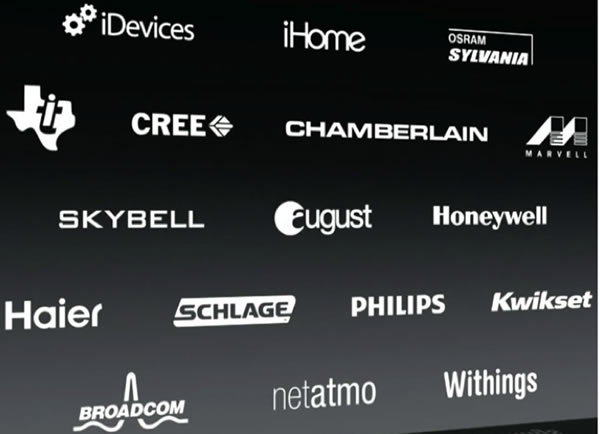
I genuinely see these alternative home automation offerings as a positive step. The challenges for them are that as a consumer market, home automation is still a relatively new concept and subject to influence and change. Manufacturers need to be coerced into signing up and buying into new ideas, and this can be a lengthy process with an element of volatility. These manufacturers also need to be committed to continually developing intelligent products, as without logic and increased functionality, these app-centric solutions will remain very limited.
Conclusion
DIY home automation does not pose a threat to KNX. What these newer technology launches show us is that consumers are ready and do want building control technology in their homes. Our job, as an industry, is to ensure that they know what the options are, what the benefits are, and have a clear idea of the cost implications as well as the scope for future modifications to whatever option they choose.
When you put all of the choices side by side, it is clear that KNX ticks all of the boxes, so why are end-users still opting for alternatives? The answer is education, awareness and a marketing drive to ensure that the consumer feels catered for, in control and ultimately compelled to choose KNX. How we make this happen is another article in itself.
Sophie Thomas is the Marketing and Events Manager at Ivory Egg (UK) Ltd, a supplier of leading KNX products and provider of KNX training courses.
You are welcome to comment on this article below.












